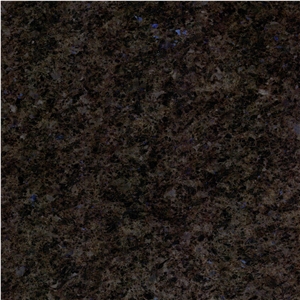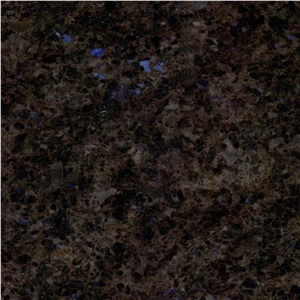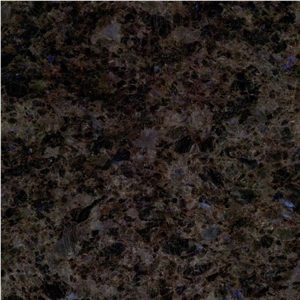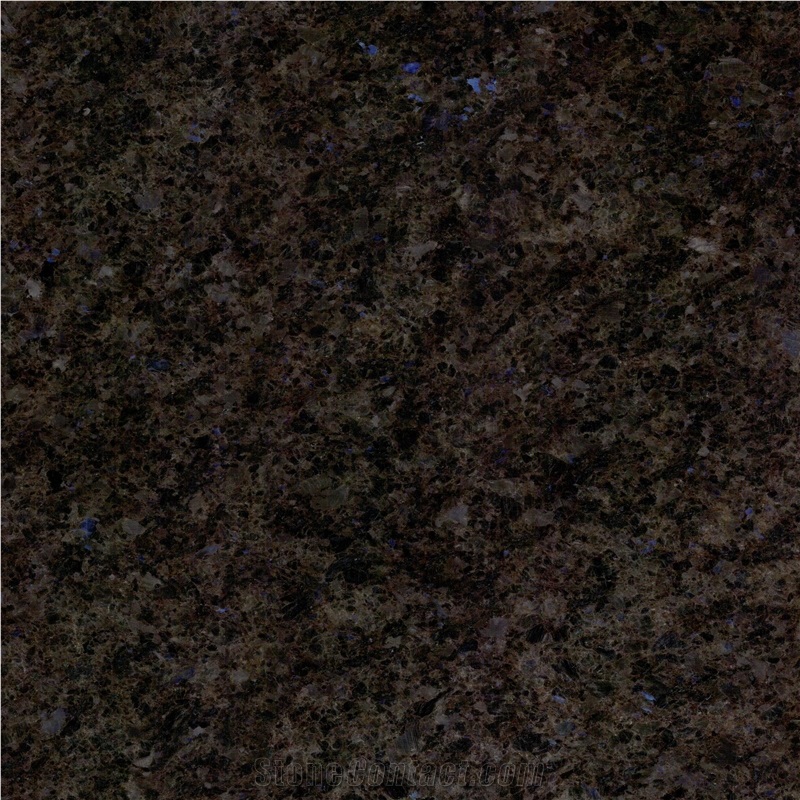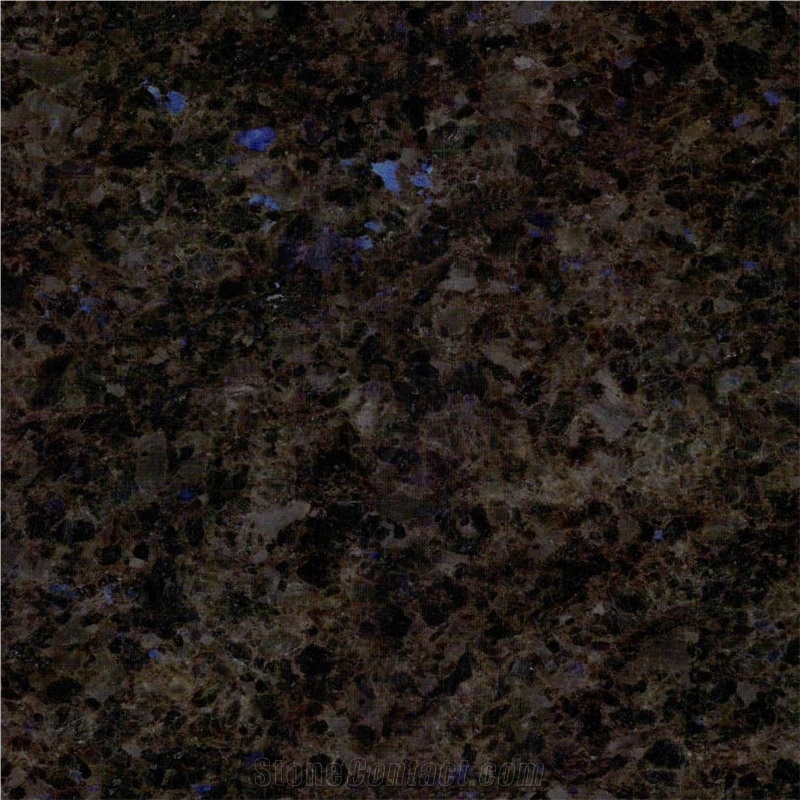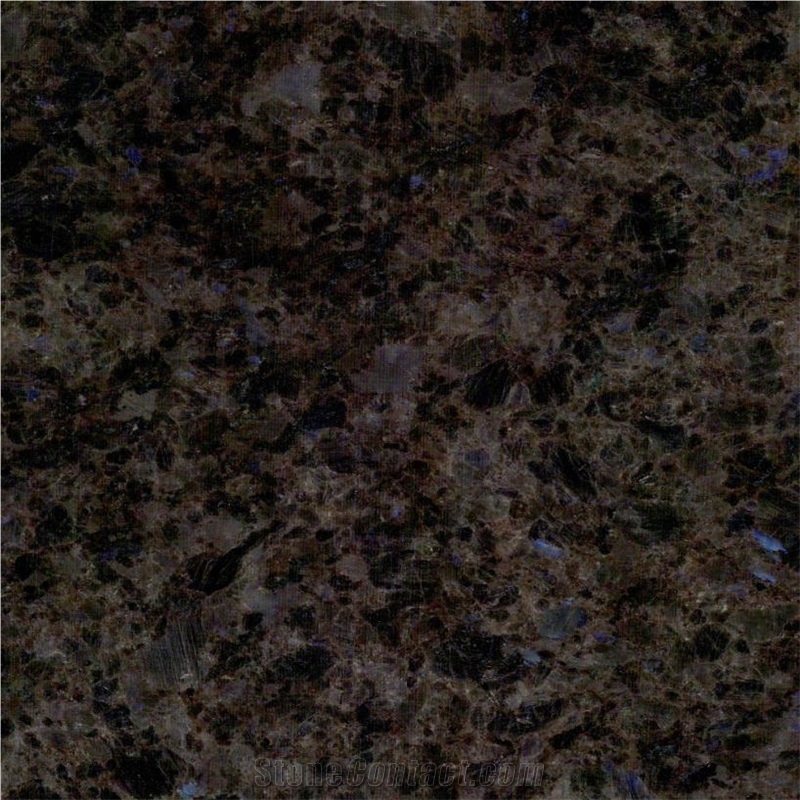Classical Pearl Granite
 Angola
(Quihita, Chibia)
Angola
(Quihita, Chibia)
Classical Pearl is a kind of dark brown black with blue flakes granite quarried in Angola. This stone is especially good for exterior and interior wall and floor applications, monuments, countertops, mosaic, fountains, pool and wall coping and other design projects. It also called Black Pearl Granite,Classical Pearl Black Granite,Classic Pearl Granite,Blue in The Night Granite,Midnight Blue Granite,Angola Blue Star Granite,Metarocha Granite,In China stone market : 古典珍珠 (Gǔdiǎn Zhēnzhū). Classical Pearl Granite can be processed into Polished,Flamed,Bush Hammered,Tumbled,Brushed,Honed,Split,Machine Cut,Natural Surface,Sandblasted,Acid Washing,Combed,Leathered,Water Jet,Filled,Chiseled,Pickling and so on.

Can Angola's Classical Pearl Granite be used in landscaping?

What is the coefficient of friction of Leathered Angola's Classical Pearl Granite tiles?

Does Classical Pearl Granite sparkle in the sun?

Can I knead bread on Classical Pearl Granite countertop?

How can I maintain Classical Pearl Granite countertops?

Is Classical Pearl Granite commercial countertop easy to maintain?

How thick is Angola's Classical Pearl Granite slabs?

Can I use sanitizer on Classical Pearl Granite?

Will Classical Pearl Granite crack in the sun?

Does salt damage Classical Pearl Granite countertop?

Can Angola's Classical Pearl Granite be used outdoors?

What causes Classical Pearl Granite to crack?

What grade is Angola's Classical Pearl Granite?

What stains more Classical Pearl Granite kitchen countertop?

Can I dry Classical Pearl Granite bath countertop with a hair dryer?

How can I you keep Classical Pearl Granite floor shiny?

Which is better quartz or Classical Pearl Granite?

Can Angola's Classical Pearl Granite be used in a bathroom?

What is the physical properties of Classical Pearl Granite?

What happens if Classical Pearl Granite stair steps gets wet?

Can Angola's Classical Pearl Granite be used exterior applications in very dusty climates?

Which lasts longer quartz or Classical Pearl Granite?

Can I put hot pans on Classical Pearl Granite countertop?

Does soap damage Classical Pearl Granite bathroom top?

Can I clean Classical Pearl Granite countertop with soap and water?

Are there color variations of Angola's Classical Pearl Granite?

Can I cut meat on Classical Pearl Granite countertop?

Is Angola's Classical Pearl Granite an expensive stone?

Does lemon juice damage Classical Pearl Granite countertop?

Is Classical Pearl Granite good for kitchen countertops?

Does sitting water stain Classical Pearl Granite bathroom top?

How long does Classical Pearl Granite floor take to dry?
-

 China
China
 Verified Supplier is for prove company authenticity,including business license,trade license and effective office space,to enhance buyers' trust to suppliers and their products, reducing communication costs.
Verified Supplier is for prove company authenticity,including business license,trade license and effective office space,to enhance buyers' trust to suppliers and their products, reducing communication costs.
Contact Supplier
-

 China
China
 Verified Supplier is for prove company authenticity,including business license,trade license and effective office space,to enhance buyers' trust to suppliers and their products, reducing communication costs.
Verified Supplier is for prove company authenticity,including business license,trade license and effective office space,to enhance buyers' trust to suppliers and their products, reducing communication costs.
Contact Supplier
The request includes: 1. surface finished, size 2. quantity required






